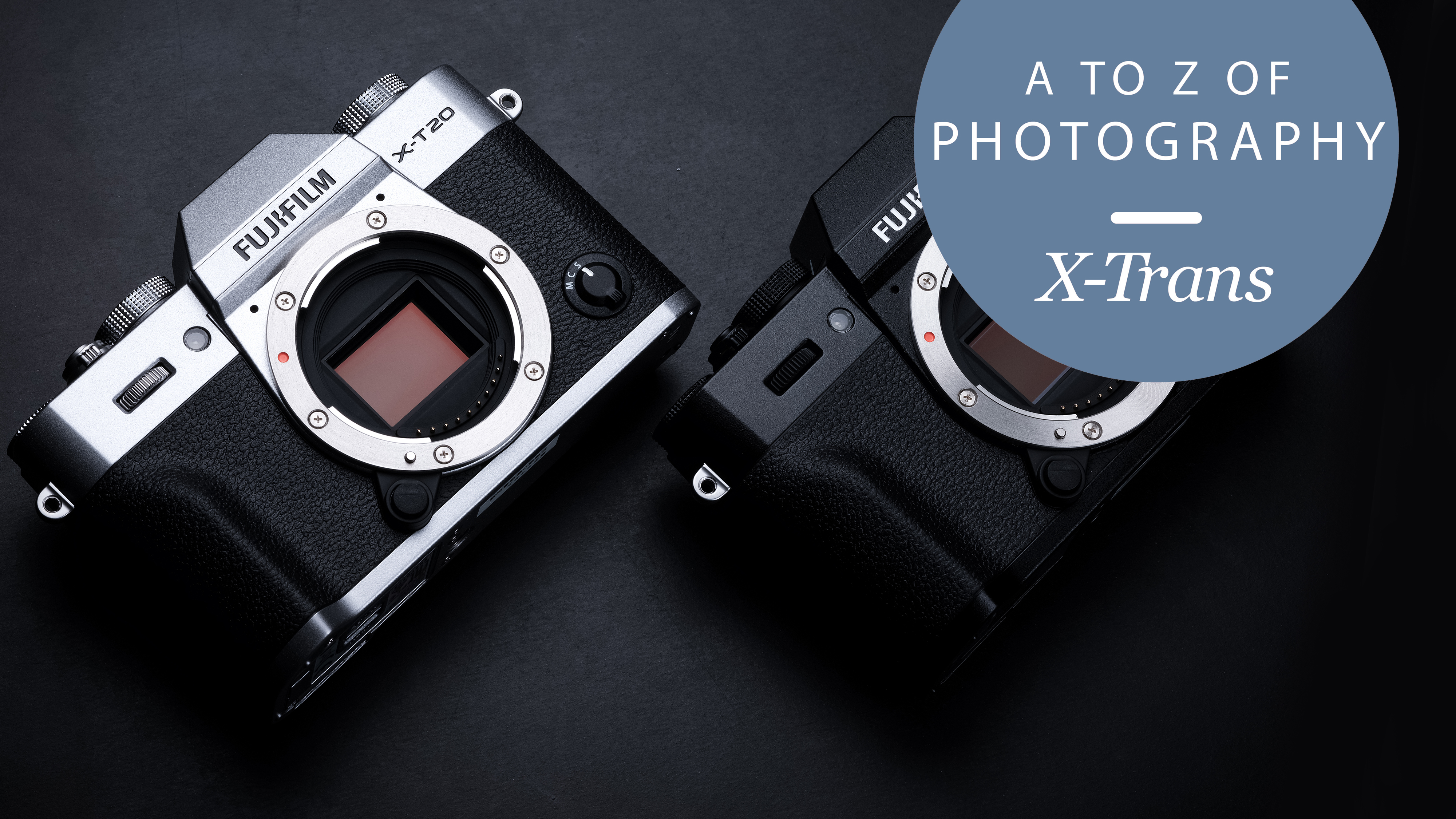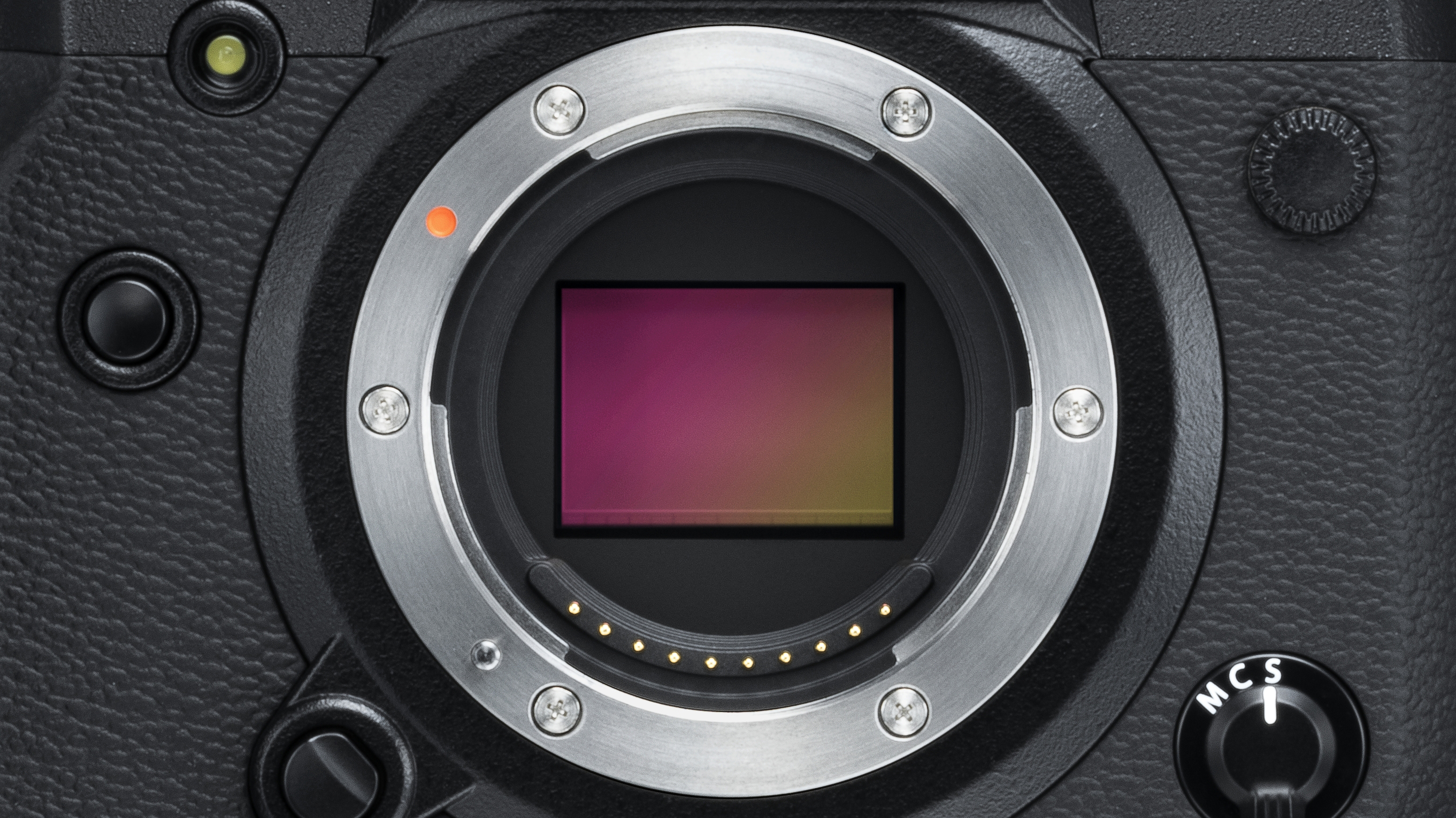The A to Z of Photography: X-Trans
A different approach to sensor design

Fujifilm’s X-Trans sensor takes a different approach to sensor design and particularly the way in which color is captured and processed. The company says this produces sharper detail with less false color and moiré effects in fine patterns and textures.
The secret of the X-Trans sensor design is its variation on the ‘color filter array’, the mosaic of red, green and blue filters which almost all digital cameras use to capture full color images. These are necessary because the individual photosites (pixels) on the sensor respond only to light intensity, not color. Without a color filter array, a sensor would capture only in black and white. What the color filter array does is to ‘force’ individual photosites to record only red, green or blue light, and the camera then combines and interpolates (‘demosaics’) this red, green and blue data to calculate a full color value for each pixel.
Most cameras use the well-known ‘bayer’ pattern for their color filter array. It’s a 4x4 grid of one red, two green and one blue filter. It’s tried and trusted but has certain limitations, notably that its regular arrangement brings the danger of interference effects or ‘clashing’ with very fine real-world grids and patterns. In addition, it’s possible for very fine detail to be recorded by one photosite but not by its neighbour (for example a green photosite but not a red one) so that its color data is incomplete and you get ‘false color’.
This is why most camera sensors have a ‘low-pass’ or ‘anti-aliasing’ filter in front – to slightly blur this pixel sized detail and reduce moiré and false color.
Bespoke color filter array

The X-Trans sensor is designed to get round this with a bespoke color filter array that has more complex 6x6 layout of red, green and blue filters. The arrangement of filters still isn’t random, but it is random enough, according to Fujifilm, to prevent moiré effects and for a low-pass filter not to be needed – with the result that the definition of very fine detail is improved.
Fujifilm also says that because all the rows and columns in the color filter array have red, green and blue pixels (this isn’t the case with a bayer array), the color reproduction is better.
The demosaicing process for the X-Trans layout requires more processing power, however, so currently this sensor design is used only in Fujifilm’s mid-high end APS-C mirrorless cameras, like the X-T20, X-T2 and X-H1. It’s not used in its entry-level mirrorless models, nor in its medium format GFX 50S, whose 50-megapixel files offer a hefty processing overhead already.
Sign up for breaking news, reviews, opinion, top tech deals, and more.
Different raw conversion software offers different levels of success with X-Trans raw files. Debates continue over which program does it best, while some – notably DxO PhotoLab – don’t support X-Trans raw files at all.

Rod is an independent photographer and photography journalist with more than 30 years' experience. He's previously worked as Head of Testing for Future’s photography magazines, including Digital Camera, N-Photo, PhotoPlus, Professional Photography, Photography Week and Practical Photoshop, and as Reviews Editor on Digital Camera World.